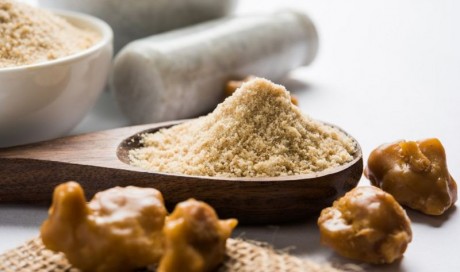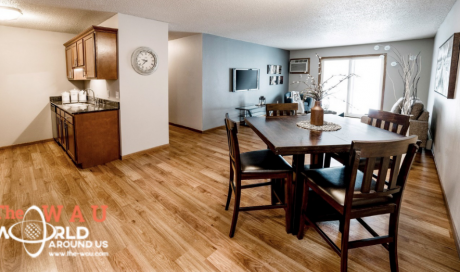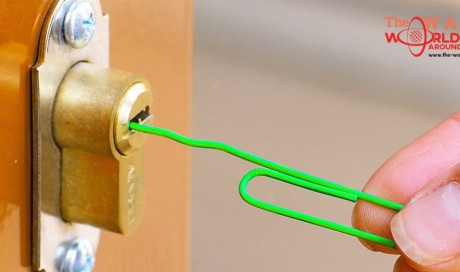The British photographer isn’t aiming to be political, however. His Past Perfect series – currently on show at London’s Flowers Gallery and set to be published in a book later this year – focuses more on how these museums put together their displays. “I didn’t want to make too much of a commentary on propaganda,” he tells BBC Culture.
“What I became interested in was what really reinforces this view on history and what makes the public think that it’s true – the ways in which this history is being presented, the aesthetic choices being made by the curators and the museum staff.” Between 2008 and 2016, Larkin travelled to Cuba, Egypt, Israel, the UK, the US and Vietnam, looking at how museums in each country take on roles in “constructing ideologies and interpreting cultural identities”.
Herzl Museum #1 (Jerusalem, Israel), 2014 (Credit: Jason Larkin, Courtesy of Flowers Gallery)
He found striking differences in approaches to the curation of artefacts and memory. “Every country has their own way of presenting the past and their overarching approach to museums and displays,” says Larkin, commenting that in Israel “it’s much more about experiences and less about facts and artefacts – more about immersing the viewers in history”.
Although he started out photographing a range of museums in Egypt, he narrowed his focus once he got to Israel. “When I was there I decided that in somewhere like Israel, that has such a conflicting narrative and has had so much conflict with its development, it was more poignant to focus the series on just the museums that deal with conflict, war and militaries in all their different guises.”
Museo de Batalla de Ideas (Cardenas, Cuba), 2016 (Credit: Jason Larkin, Courtesy of Flowers Gallery)
Larkin discovered another slant in Cuba. “It’s about the revolutionaries, the first hundred or so that were part of the initial waves of revolution – everything they’ve touched and worn, everywhere they’ve been has been turned into a sort of memorial and canonised in glass cabinets,” he says. “It’s a way of presenting the past that really turns these individuals into folk heroes and legendary figures.”
City Museum (Da Nang, Vietnam) 2016 (Credit: Jason Larkin, Courtesy of Flowers Gallery)
...[ Continue to next page ]
Share This Post

















